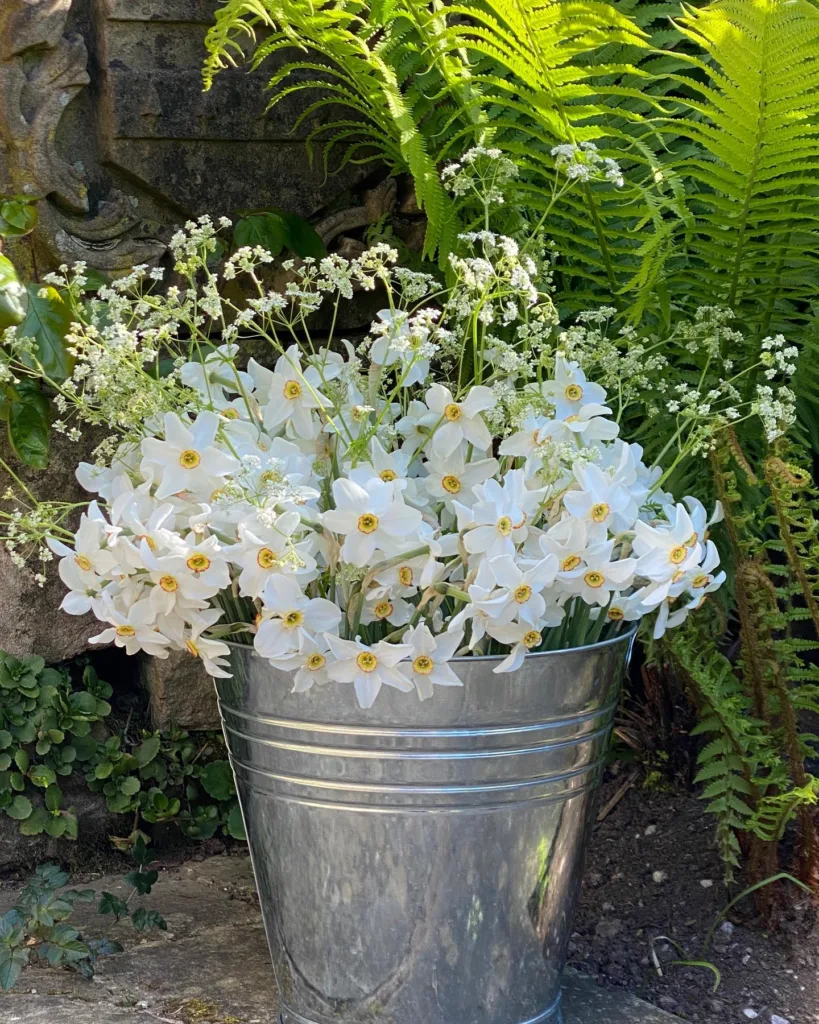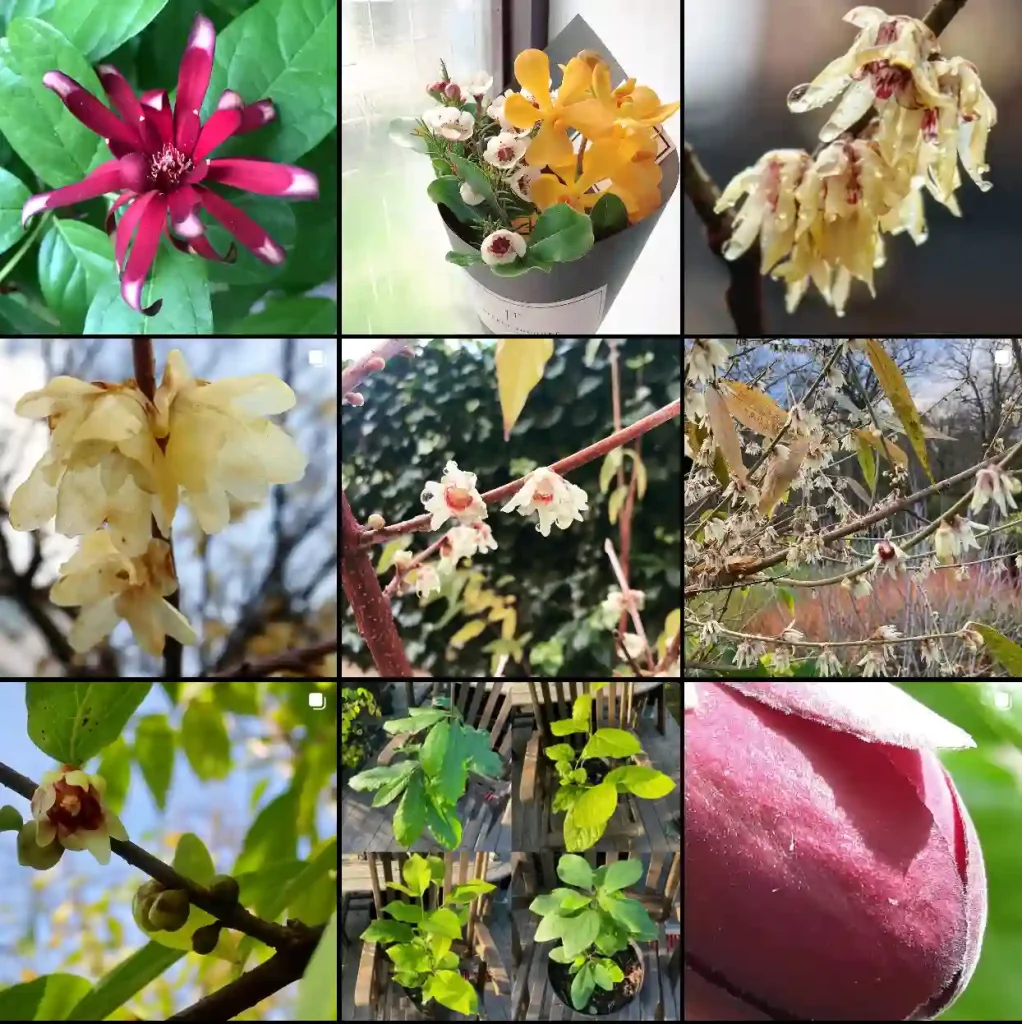What is Marjorie Channon Pittosporum?
Marjorie Channon Pittosporum is a popular evergreen shrub known for its striking variegated foliage. The leaves are glossy green with creamy white margins, giving the plant a distinctive, elegant appearance. It’s a versatile plant that works well in various garden settings, whether as a hedge, a standalone specimen, or part of a mixed border. This variety is a cultivar of Pittosporum tenuifolium, native to New Zealand, and is prized for its compact growth and attractive foliage.
256 Species in Genus Pittosporum
How to Care for Marjorie Channon Pittosporum?
Caring for Marjorie Channon Pittosporum is relatively straightforward. The plant thrives in full sun to partial shade, with well-drained soil being essential to prevent root rot. I’ve found that it does well with regular watering, especially during its first year as it establishes itself. However, once established, it’s fairly drought-tolerant, which makes it a great choice for low-maintenance gardens.
I usually water my Marjorie Channon Pittosporum once a week during the growing season, ensuring the soil stays moist but not waterlogged. During the winter, I reduce watering as the plant doesn’t require as much moisture. In terms of feeding, a balanced slow-release fertilizer in spring helps to promote healthy growth and vibrant foliage.
Pruning is another aspect of care. I typically prune mine in late winter or early spring to maintain its shape and encourage bushier growth. It’s a hardy plant, but pruning also helps to remove any dead or damaged branches, which keeps it looking its best.
How to Propagate Marjorie Channon Pittosporum?
Propagating Marjorie Channon Pittosporum can be done through cuttings. I usually take semi-hardwood cuttings in late summer. Here’s how I do it:
- Cut a Healthy Stem: I select a stem that is not too old but has some maturity—about 4-6 inches long.
- Remove Lower Leaves: I strip the leaves from the lower half of the cutting, leaving a few leaves at the top.
- Dip in Rooting Hormone: To increase the chances of successful rooting, I dip the cut end in rooting hormone powder.
- Plant in Soil: I then plant the cutting in a pot filled with a well-draining mix, usually a blend of sand and peat.
- Keep Moist and Covered: The key is to keep the soil moist and the humidity high. I often cover the pot with a plastic bag to create a mini-greenhouse effect.
- Wait for Rooting: In a few weeks, roots should begin to form, and once they’re established, I transfer the new plant to a larger pot or directly into the garden.
What to Plant with Marjorie Channon Pittosporum?
One of the things I love about Marjorie Channon Pittosporum is how well it pairs with other plants. Its variegated foliage makes it a perfect companion for plants with darker leaves or flowers. I’ve successfully paired it with deep green evergreens like Boxwood and Holly for contrast. It also looks great alongside flowering plants like Hydrangeas, where the white margins of the Pittosporum leaves complement the blooms.
For a more textured look, I sometimes plant it with ornamental grasses. The soft, flowing movement of grasses like Miscanthus contrasts nicely with the structured form of Marjorie Channon Pittosporum. In mixed borders, it works well with perennials like Lavender and Salvia, which also appreciate well-drained soil.
Is Marjorie Channon Pittosporum Toxic?
Marjorie Channon Pittosporum, like other Pittosporum species, is generally not considered toxic to humans or pets. However, it’s always good to exercise caution and keep plants out of reach of curious pets and small children who might be tempted to nibble on the leaves. While it’s not known for causing severe reactions, ingesting large amounts could potentially cause mild gastrointestinal discomfort.
Common Problems with Marjorie Channon Pittosporum
Despite being a hardy plant, Marjorie Channon Pittosporum can occasionally face some issues. One problem I’ve encountered is leaf spot, a fungal disease that causes dark spots on the leaves. To prevent this, I ensure the plant has good air circulation and avoid overhead watering, which can create a moist environment conducive to fungal growth.
Another issue is root rot, which occurs if the plant is left in waterlogged soil. This is why well-drained soil is so important. If the plant starts to wilt or the leaves turn yellow, it might be a sign of root rot. In such cases, I’ve found it helpful to improve drainage or, in severe cases, replant the shrub in a better-drained area.
Comparing Marjorie Channon Pittosporum with Similar Plants
Marjorie Channon Pittosporum is often compared with other variegated shrubs like Pittosporum Silver Queen and Euonymus varieties. While similar in appearance, Marjorie Channon tends to have a more compact growth habit, making it easier to manage in smaller spaces. Compared to Silver Queen, I find that Marjorie Channon’s white margins are more pronounced, giving it a brighter overall appearance.
Euonymus varieties, on the other hand, are often more aggressive in their growth and may require more frequent pruning to keep in check. If you’re looking for a low-maintenance shrub with year-round interest, Marjorie Channon Pittosporum is an excellent choice.
Conclusion
Marjorie Channon Pittosporum is a versatile and attractive shrub that adds elegance to any garden. Whether used as a hedge, in a mixed border, or as a standalone feature, its variegated foliage brings brightness and structure to the landscape. With proper care, it can thrive in a variety of settings, making it a valuable addition to both formal and informal gardens. Whether you’re a seasoned gardener or just starting, this plant is worth considering for its beauty and ease of care.
If i die, water my plants!



